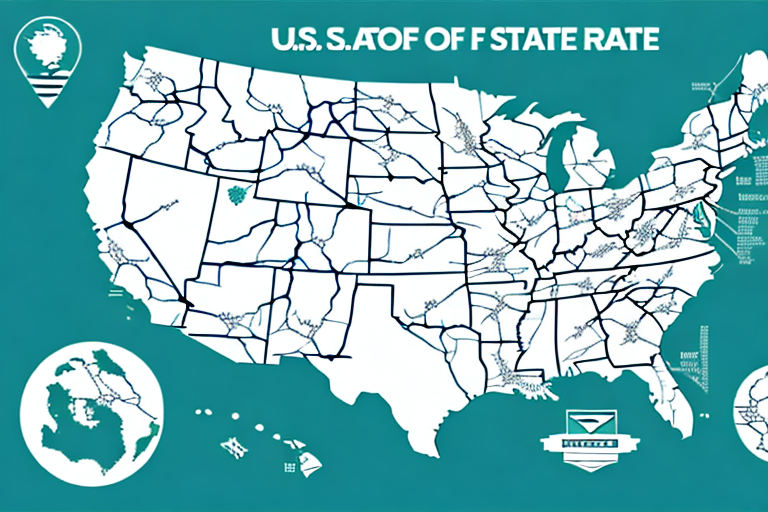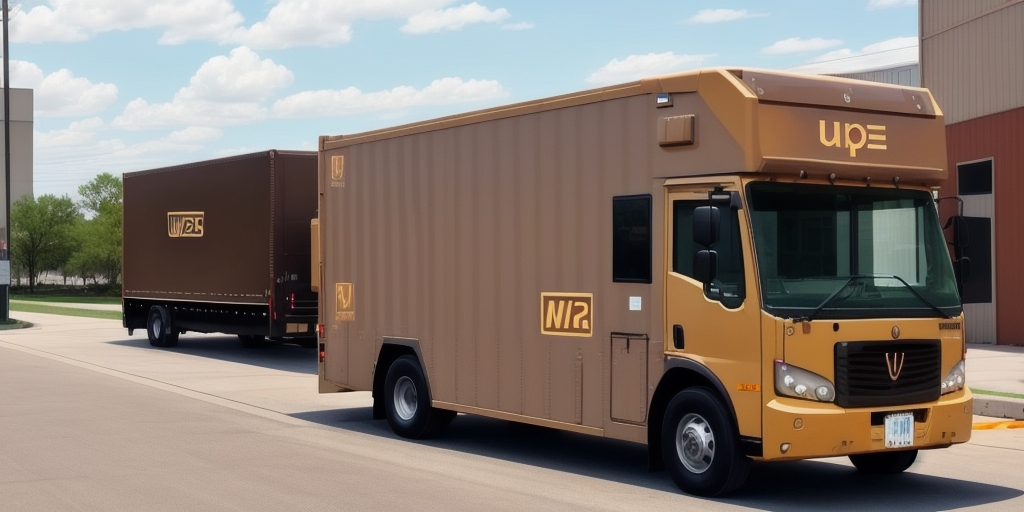Understanding USPS Shipping Rates by Zip Code
When shipping products across the United States, the United States Postal Service (USPS) stands out as one of the most reliable and cost-effective options available. For businesses and individuals who regularly ship packages, comprehending USPS shipping rates by zip code is essential for optimizing shipping costs and ensuring timely deliveries.
How USPS Calculates Shipping Rates
USPS shipping rates are determined by several factors, including:
- Package Weight: Heavier packages incur higher shipping fees.
- Distance Traveled: The distance between the origin and destination zip codes affects the rate.
- Service Level: Options like Priority Mail, First-Class Mail, and Express Mail each have different pricing structures.
- Special Handling: Additional services such as insurance, signature confirmation, or fragile item handling can increase costs.
USPS divides the United States into eight zones based on the distance between the origin and destination zip codes. Higher zones correspond to greater distances and result in higher shipping rates. For more detailed information, refer to the USPS official rates page.
The Role of Zip Codes in Shipping
Zip codes play a crucial role in the USPS shipping process by:
- Determining Delivery Routes: Accurate zip codes ensure packages are routed efficiently to the correct processing facilities.
- Calculating Shipping Zones: Zip codes help USPS assign packages to the appropriate shipping zone, directly impacting the cost.
- Enhancing Delivery Accuracy: Correct zip codes minimize the risk of misdelivery and delays.
Incorrect or incomplete zip codes can lead to misrouting, delays, and increased shipping costs. Always verify zip codes to ensure seamless delivery.
Calculating the Right USPS Shipping Rate for Your Needs
Using USPS's Online Shipping Calculator
One of the most straightforward methods to determine the appropriate shipping rate is by utilizing USPS's Online Shipping Calculator. By entering details such as package weight, dimensions, and destination zip code, you can obtain an accurate estimate of shipping costs.
Third-Party Shipping Calculators
Several third-party shipping calculators offer enhanced functionality, including rate comparisons across different carriers and the ability to apply discounts. Tools like Shipit and Shippo can provide more comprehensive shipping solutions tailored to your business needs.
Visiting Local USPS Offices
If you prefer personalized assistance, visiting a local USPS office allows you to consult with a representative who can help you choose the best shipping option based on your specific requirements.
Strategies to Lower Your USPS Shipping Costs
Leverage Zone-Based Pricing
Understanding the zone-based pricing system can help you identify the most cost-effective shipping options. Shipping to closer zones typically costs less, so consolidating shipments to fewer destinations within the same zone can reduce overall expenses.
Optimize Package Weight and Size
Reducing the weight and dimensions of your packages can lead to significant savings. Utilize lightweight packaging materials and ensure that package sizes comply with USPS guidelines to avoid additional fees.
Take Advantage of USPS Discounts
USPS offers various discounts for businesses and frequent shippers:
- Commercial Plus Pricing: Available for businesses shipping over 15,000 parcels per year, offering discounted rates.
- Priority Mail Cubic: Charges are based on the package's cubic volume, which can be more affordable for smaller, heavier items.
For more details, visit the USPS Business Pricing page.
Use Slower Shipping Options When Suitable
Opting for standard or media mail services instead of expedited options can significantly lower shipping costs, especially for non-urgent deliveries.
Comparing USPS with Other Carriers
Pricing Structures
While USPS is often more affordable for lightweight and small packages, carriers like FedEx and UPS may offer better rates for larger or heavier shipments. It's essential to compare pricing structures based on your specific shipping needs.
Service Offerings
Each carrier provides unique services:
- FedEx: Known for its overnight delivery and comprehensive tracking systems.
- UPS: Offers reliable ground shipping with extensive logistics support.
- USPS: Provides economical options for domestic shipping with a vast delivery network.
Evaluate the service offerings to determine which carrier best aligns with your delivery requirements. Tools like Compare Shipping Rates can assist in making informed decisions.
Avoiding Common Shipping Mistakes
Mislabeling Package Details
Incorrect or incomplete information regarding package weight, dimensions, or destination can lead to miscalculations in shipping rates and potential delivery delays. Always double-check package details before shipment.
Selecting the Wrong Service Level
Choosing a service level that doesn't match your delivery timeframe needs can result in unnecessary costs or late deliveries. Assess your priorities carefully when selecting between standard, priority, or express services.
Ignoring Special Handling Fees
Packages requiring special handling, such as fragile items or those needing insurance, may incur additional fees. Factor these costs into your overall shipping budget to avoid unexpected expenses.
Maximizing Savings for Large Volume Shipments
Enroll in USPS Business Programs
Businesses that ship large volumes can benefit from programs like Commercial Plus Pricing and USPS ProLabel, which offer discounted rates and enhanced shipping tools.
Bulk Mail Options
For sending large quantities of documents or marketing materials, bulk mail options provide substantial savings compared to standard postage rates. Ensure compliance with USPS bulk mailing requirements to maximize discounts.
Negotiated Service Agreements
Businesses meeting specific shipping criteria may qualify for negotiated service agreements, providing customized rates and services tailored to their shipping patterns.
Learn more about these options on the USPS Business Mail Services page.
Leveraging Technology to Optimize Shipping
Shipping Software Solutions
Implementing shipping software can automate rate calculations, label generation, and tracking updates, streamlining your shipping process and reducing manual errors. Popular options include:
USPS Online Tools and Mobile Apps
USPS provides a suite of online tools and mobile applications that offer features like package tracking, shipping rate estimation, and label printing, enhancing your ability to manage shipments efficiently.
Explore USPS tools on their Tools and Resources page.
Future Trends and Best Practices
Trends in USPS Shipping Rates
With the growth of e-commerce, USPS is expected to continue evolving its shipping rate structures and service offerings. Anticipate increased automation, enhanced tracking capabilities, and expanded international shipping options as key trends shaping the future of USPS shipping rates by zip code.
Best Practices for Businesses
To effectively manage USPS shipping rates by zip code, businesses should:
- Regularly Review Shipping Rates: Stay informed about rate changes and adjust your shipping strategies accordingly.
- Implement Standardized Shipping Processes: Ensure consistency and accuracy in package labeling and rate calculations.
- Monitor Shipping Performance: Use tracking data to assess delivery times and identify areas for improvement.
Adopting these best practices can lead to significant cost savings and enhanced operational efficiency.
Conclusion
Understanding USPS shipping rates by zip code is vital for optimizing shipping costs and ensuring efficient package delivery. By leveraging USPS's tools, comparing carrier options, and implementing strategic shipping practices, businesses and individuals can achieve cost-effective and reliable shipping solutions. Staying informed about industry trends and continuously refining your shipping strategies will further enhance your ability to manage shipping operations successfully.








